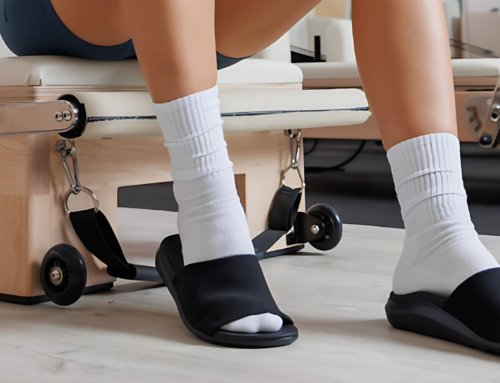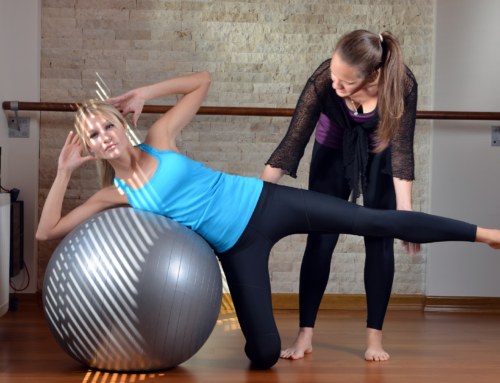A Rotator cuff injury can most definitely happen if you have a fall or an accident but did you know that it can also happen when you do repetitive lifting or overhead movements? Think people doing heavy physical jobs or even avid gym goers. A lot of us relate “injury” to an accident or trauma but the truth is any repetitive action over a period of time can also become an internal injury and show up as pain. Basically pain is caused by internal inflammation or swelling that occurs because of the injury to the body part. Rotator cuff injury occurs when there’s something wrong with your rotator cuff muscles. So let’s talk about what exactly are rotator cuff muscles?
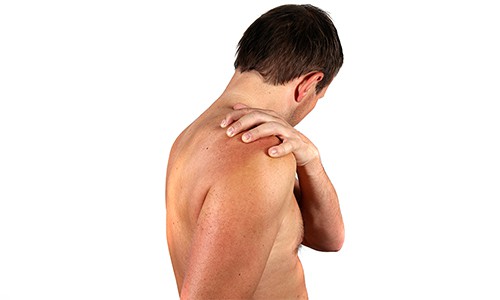
What is Rotator cuff? What are Rotator cuff muscles?
Rotator cuff is a group of four different muscles that pretty much “cup” our shoulder joints. The shoulder is the most mobile joint in our bodies and there are four important muscles that control it and help it to move in various directions. These muscles are called the “rotator cuff muscles”. They attach in a common attachment to the shoulder bones. It is this attachment (called tendon) that can get injured and is called Rotator cuff injury. Now tendons are different in structure to a muscle. They are less elastic but definitely stronger. However, sudden unexpected movements as in an accident or a fall while playing sports can hurt it. But Rotator cuff injury can also develop over a period of time due to micro trauma while doing repetitive tasks like a labourer or concretor for example. It is important to understand that pain is not normal and it needs to be nipped in the bud. So many people I see go on for months (or even years) thinking that their pain hasn’t progressed only to become worse as the years go by. This is exactly where Physiotherapy steps in. There are 3 essential steps of physiotherapy in the treatment of rotator cuff injury.
Do you actually have rotator cuff injury or is the pain being referred from the neck?

Correct diagnosis of rotator cuff injury is absolutely important. Because unless we know where the pain is coming from, how can we treat it? Our physios have specific knowledge about how rotator cuff injury presents. This is exactly why the questions we ask are intrumental in helping us come to a diagnosis. There are also special tests that our physios perform to know exactly where the pain is coming from. Rotator cuff injury can range from a minor Grade 1 sprain to a full blown grade 3 tear that requires surgery! That’s exactly why it’s imperative to know which stage of rotator cuff injury we’re dealing with. In fact, many times the root cause of your shoulder pain could be the neck due to the various nerves that come out of the neck to supply the muscles of the arm. A phsio will definitely be able to tell and administer the right treatment.
Physiotherapy helps in healing the rotator cuff injury and getting rid of pain
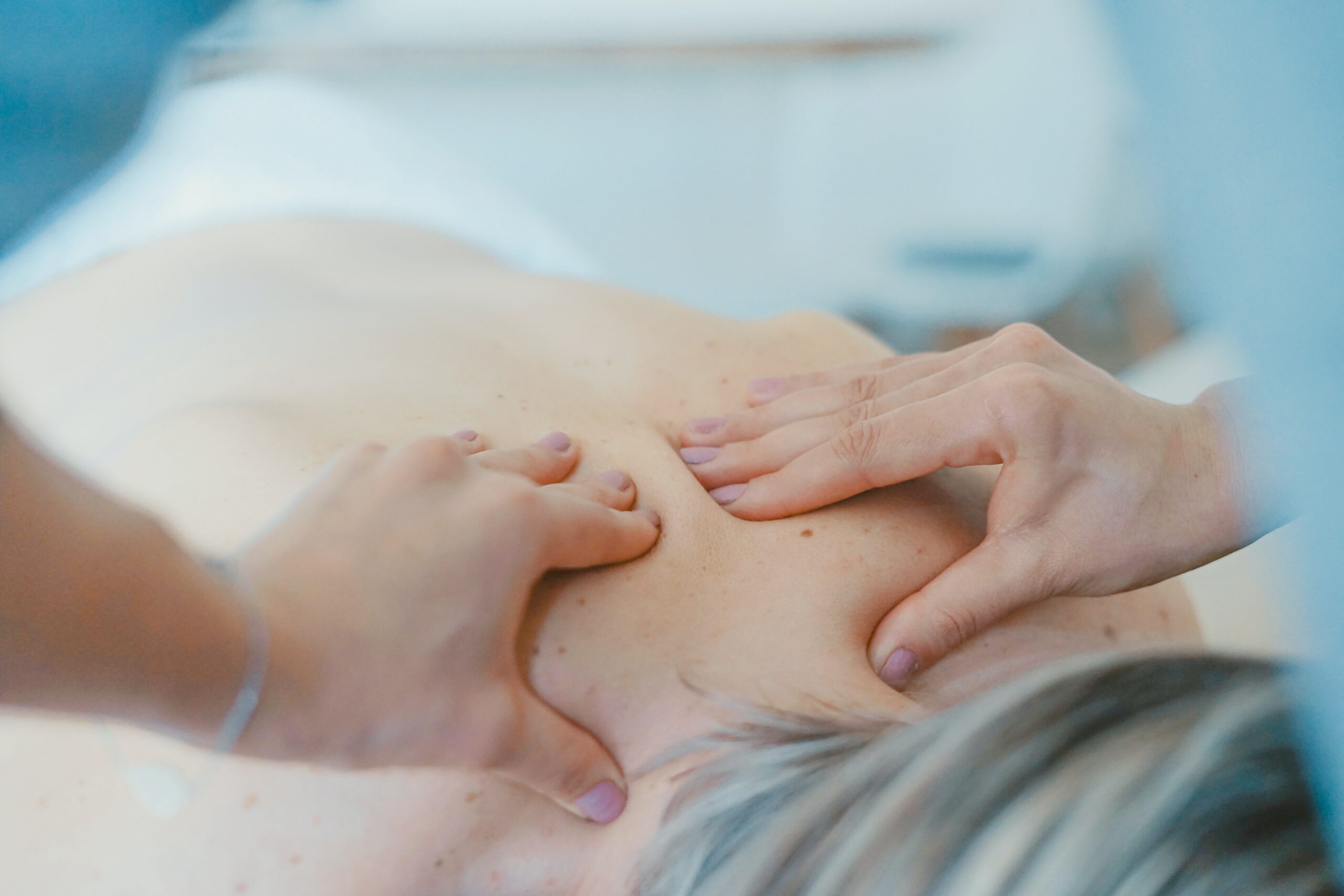
As I mentioned above rotator cuff injury causes swelling or changes in the tendon that lead to shoulder pain. Physiotherapy helps in improving the blood flow through the shoulder area, where the tendons attach and wash out the toxins that are causing pain. Obviously this does not happen overnight but the more we work on your shoulder and the more you follow our advice to protect it, the faster it will heal. Our physios use specialised manual therapy techniques of joint mobilizations to improve movement in the joint. In fact, you’ll see an immediate improvement in the mobility of your shoulder joint in the session.
Physiotherapists provide specific do’s and dont’s to promote healing of rotator cuff injury
It’s important to understand that you don’t always need to completely rest your shoulder. It depends upon the extent of your rotator cuff injury as to how much protection it needs. It does not need a sling always. But what it does need is restriction of specific movements in order to reduce the strain on the rotator cuff muscles. Because there are four different muscles that each have their own function, stopping certain movements will definitely help to protect the injured tendon. For examply, your physio may advise you to restrict overhead movements to reduce the pressure on the tendon. Or sometimes even avoiding sleeping on the injured side can help tremendously. Following these specific guidelines based on the severity of your rotator cuff injury will certainly make it heal quicker. I do understand that life is busy adn it’s not always feasible but most of the times it’s about modification of your environment that helps the most.
Rotator cuff injury needs a graduated strengthening program specific to the severity of injury for long term recovery
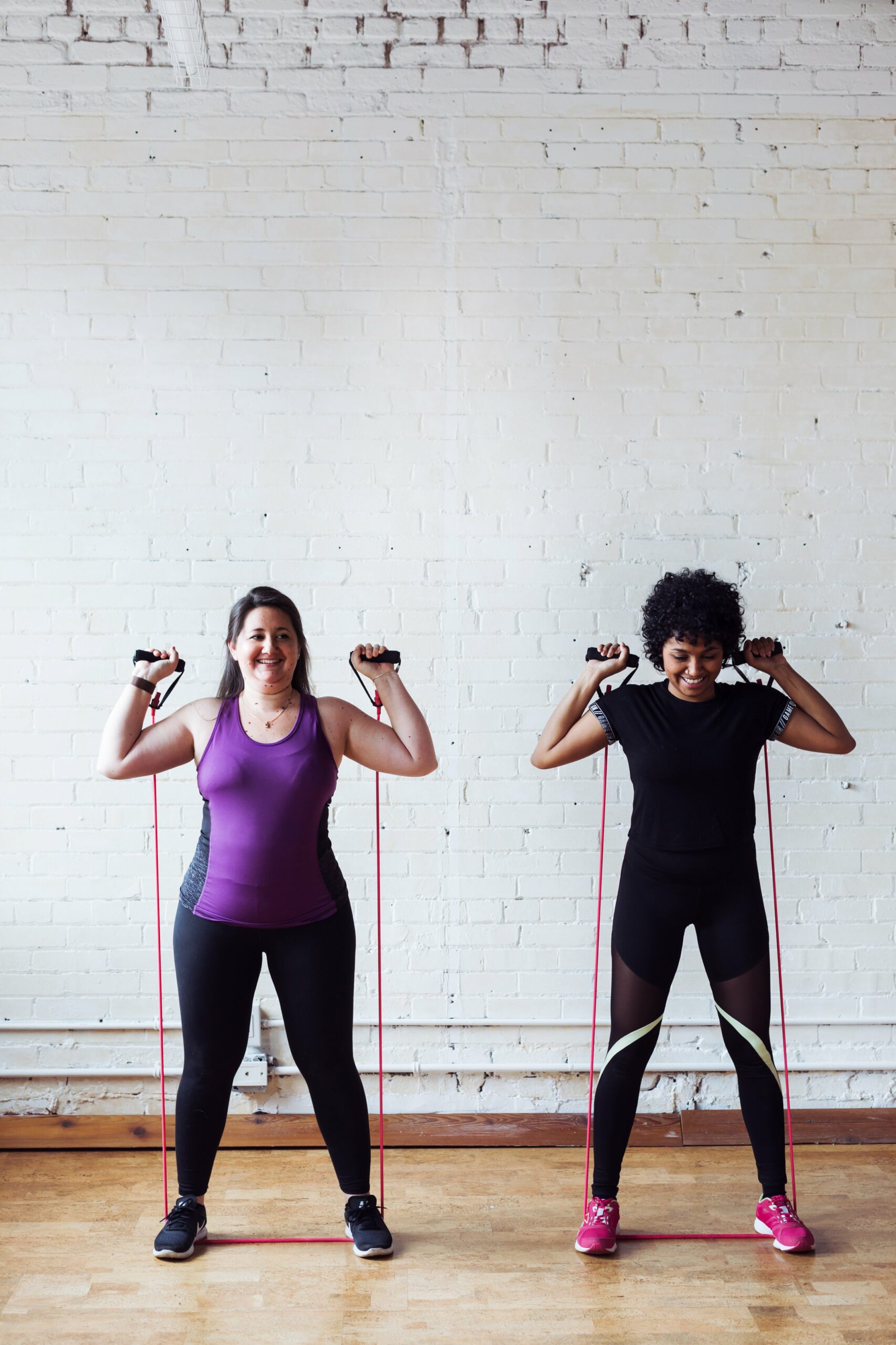
One of the most important benefits of physiotherapy that’s often not given enough importance is the strengthening phase. Physios have specific knowledge about how a muslce or tendon will behave in it’s journey of recovery. Based on that they formulate specif cexercises that are needed at different stages of recovery. This is the only way, I repeat, the only way you can ensure long term results. It’s no point doing manual therapy techniques, if the proper strengthening exercises are not done to build up the muscles after a rotator cuff injury. The pain will return. Hence, the most important phase is the strengthening phase and this is unfortunately where most patients drop off in their treatment only to come back later with the same issue.
Like anything consistency is the key to get the msot out of your treatment. Following the treatment plan given to your by your therapist will ensure long term results for any stage of the rotator cuff injury.


